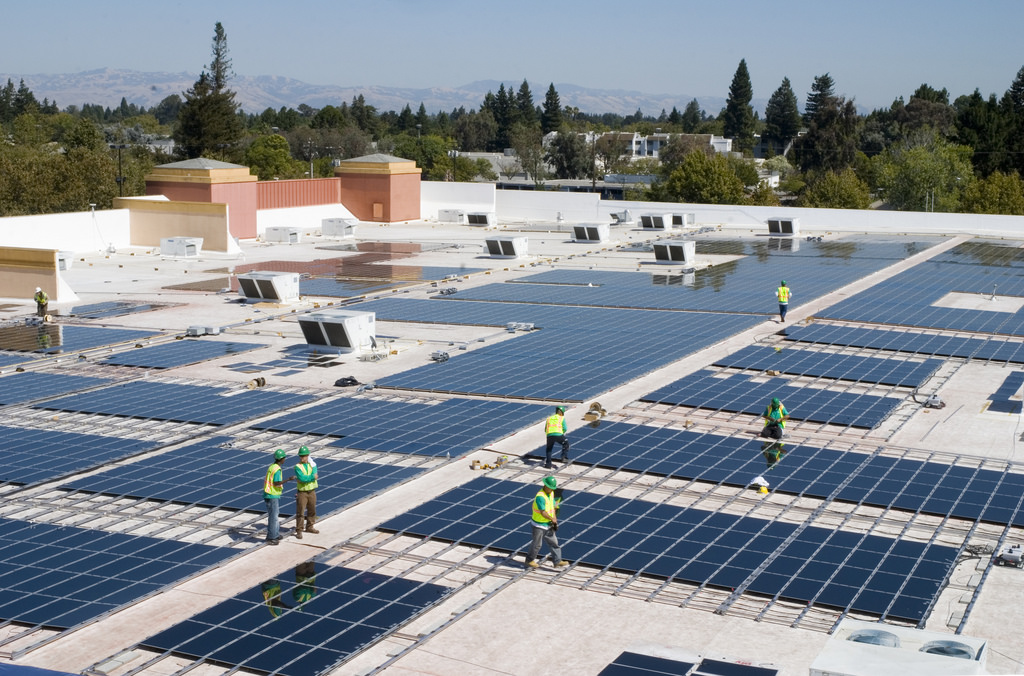China’s insatiable appetite for solar power led to a surprise increase in global clean-energy investment last year even as US President Donald Trump pushed to undermine pollution rules and curbs on coal. About $333.5 billion poured into renewable energy and cutting-edge power technologies, up 3% from 2016 and 7% short of the record set in 2015, according to Bloomberg New Energy Finance.
Almost half went to solar projects and China’s investment accounted for 40% of the total.
The figures confounded strong headwinds to further increases in investment. Prices for solar panels and wind turbines are falling rapidly, while the US, Germany and Poland were loosening policies designed to curb the dirtiest fossil fuels.
Developers speculating they will reap subsidies in China along with higher spending from Australia to Mexico helped offset declines in longer-established markets across Europe.
“The 2017 total is all the more remarkable when you consider that capital costs for the leading technology–solar–continue to fall sharply,” said Jon Moore, chief executive officer at BNEF.
“Typical utility-scale PV systems were about 25% cheaper per megawatt last year than they were two years earlier.”
Equipment such as solar panels and wind turbines are getting more affordable, as they are increasingly mass-produced. The sliding cost has opened up new markets beyond rich countries, which typically were the early adopters of renewables when the industry was young. Now, solar and wind farms are an increasingly cost-effective way to electrify places with uncertain access to the grid. Projects are being built to power everything from chemicals plants in the Netherlands to suburbs of Kabul, Afghanistan.
China spent $133 billion across all clean energy technologies, 24% more than in 2016. The world’s biggest market for renewables has been working to contain the solar boom by curbing utility-scale projects built outside of allocated quotas.
Instead, it saw more panels installed in industrial parks, where energy-intensive companies sought to meet some of their own demand and reduce costs. At the end of November, photovoltaic power installations totaled almost 126 gigawatts in China, up 67% from a year earlier, according to the latest data from National Energy Administration. Newly added distributed solar capacity, which is used to meet power demand near where it’s generated, was 17.23 gigawatts in the first 11 months of last year, nearly four times more than the same period in 2016.


